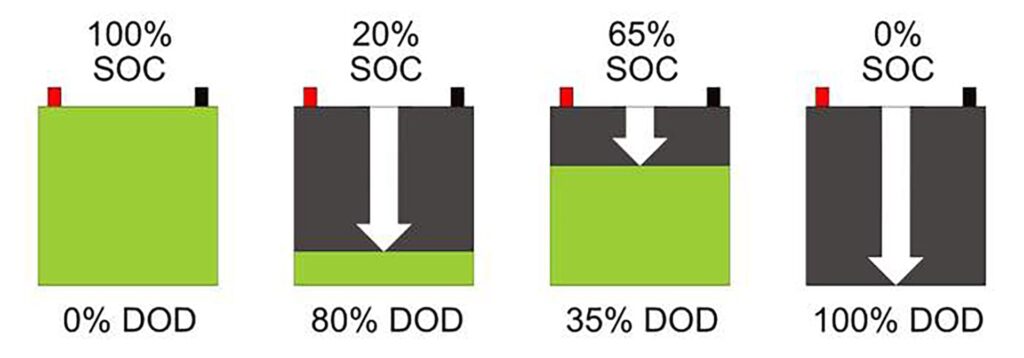Solar energy is one of the cornerstones of the renewable energy revolution, but the dependence of its production on weather conditions and time of day poses a serious challenge. Stopping energy production in cloudy weather or at night can put grid stability and energy continuity at risk. This is where Battery Energy Storage Systems (BESS) come into play. BESS stores the excess electricity generated in solar power plants and allows it to be used when needed.
The intermittent nature of solar energy makes energy storage inevitable. For example, excess energy generated during the day is wasted if it is not transferred to the grid, while there is a lack of production at night or during peak demand hours. BESS acts as a bridge to eliminate this imbalance. Equipped with battery technologies such as Lithium Iron Phosphate (LFP), the systems store energy from solar panels and deliver it to the grid or the user when needed. According to technical specifications, a BESS with a capacity of 10 MW and 14 MWh, for example, can significantly increase the efficiency of such a plant. Thus, the reliability and use of renewable energy is expanding.
So, how does a BESS work? The key components of the system include battery cells, Power Conversion System (PCS), Battery Management System (BMS) and Energy Management System (EMS). The battery cells store energy, the PCS converts this energy from alternating current to direct current (or vice versa), the BMS monitors the health and safety of the batteries, and the EMS optimizes the energy flow. According to the IEC 62933-2-1 standard, these components work in a coherent architecture to maximize the performance of the system. For example, 98% round-trip efficiency minimizes energy loss, increasing the efficiency of the BESS.
International standards play a critical role in the design and operation of these systems. IEC 62933-2-1 defines the unit parameters (such as rated energy capacity, response time) and test methods of BESS. For example, specific charge-discharge cycles are applied to measure the actual energy capacity of a system, ensuring compliance with the needs of the solar power plant. Furthermore, IEC TS 62933-4-1 addresses environmental impacts, ensuring the system’s compatibility with the environment. These standards serve as a guide for the integration of BESS with solar energy, improving both safety and efficiency.
The benefits offered by BESS are quite enjoyable. Supporting grid stability, meeting peak demand (peak shaving), providing frequency control and optimizing the use of renewable energy are just a few of them. For example, in a solar power plant, BESS allows excess generation during the day to be used at night, so that energy supply is aligned with demand. For example, a system designed with a 6000 cycle life and 80% Depth of Discharge (DoD) can deliver reliable performance for 10 years. This is a big win both economically and environmentally.
In short, we can define DoD as follows.

In conclusion, BESS is an indispensable solution to unlock the full potential of solar power plants. These systems are shaping the future of renewable energy while increasing grid reliability.
If you need engineering for your storage solar power plants, you can contact us at [email protected].